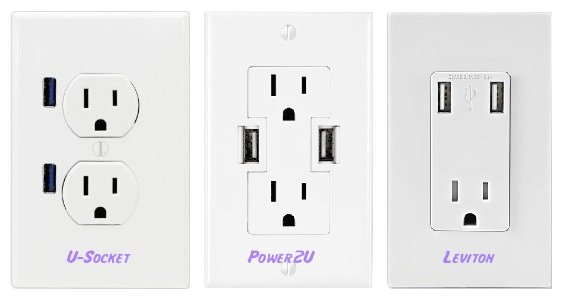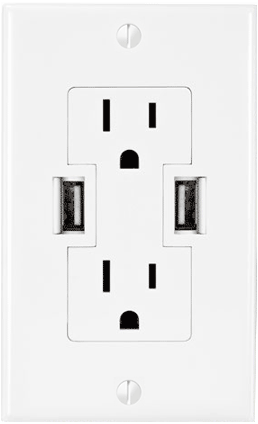Thanks again for all of the replies - sorry, I stopped getting notifications for some reason.
I had an electrician round (family friend, full time, fully qualified). He said I could put it all in myself, but my plan is to fit the lights and run the cable, then he's going to come around just to make the connection. (I fried myself on the mains when I was a kid so overly cautious

)
So the plan is, 4 recessed fixed spot lights. LED bulbs, mains powered coming from the main light in the bedroom. Chain the lights, run a cable to the switch.
Then 2 tilting recessed spot lights, LED bulbs, mains powered coming from the main light, chained and another cable run. Thus making the wall plate a triple switch instead of a single (as now).
One thing I'm not sure about is the power cabling I need to buy (I have to buy everything). In my experience, circuits have always been. Power - switch - device.
But looking at the main bedroom light there's 2live and 2neutral in the base/cover. Is electrical cabling different in some way as to the sequence?
As, on the face of it, it would go Lights, Power, Switch. So I'm thinking is there a junction box or does the electrical cable have 2 of each wire (to the switch an back)?
In essence, how is it wired? Lights - power/junction box - 1 cable (LNE) to switch or....?
Again, this is just so I know what to buy and where to feed it in the wall/loft. I won't be touching the electrics. I'm hoping to buy everything tomorrow.
On the USB topic, I'm using faceplates for a few reasons;
They free up sockets for appliances - particularly in the kitchen.
They will be running always on devices (tablet and speakers mostly)
They have a lower profile and less bulk
They don't required a charger to be moved around the house.




